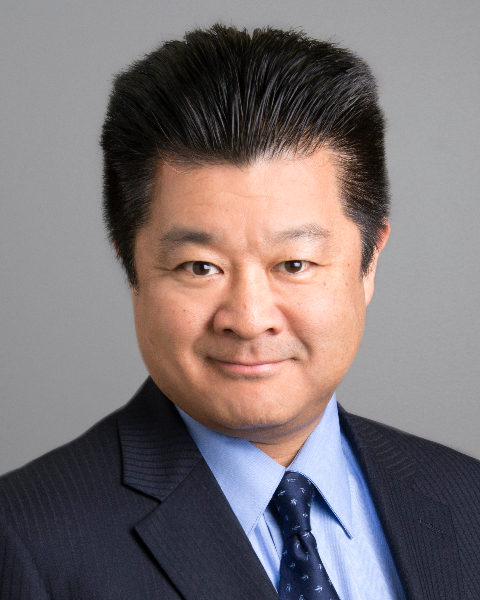Hepato-pancreato-biliary
E248: High Estrogen receptor gene (ESR1) expression is associated with less cell proliferation and better outcomes in Hepatocellular Carcinoma patients.

Aeryn Kangas-Dick, MD (she/her/hers)
Complex General Surgical Oncology Fellow
Roswell Park Comprehensive Cancer Center
Buffalo, New York, United States
Aeryn Kangas-Dick, MD (she/her/hers)
Complex General Surgical Oncology Fellow
Roswell Park Comprehensive Cancer Center
Buffalo, New York, United States
Aeryn Kangas-Dick, MD (she/her/hers)
Complex General Surgical Oncology Fellow
Roswell Park Comprehensive Cancer Center
Buffalo, New York, United States- JA
Jun Arima, MD
Post Doctoral Research Fellow
Department of Surgical Oncology, Roswell Park Comprehensive Cancer Center, United States - KT
Kohei Taniguchi, MD
Lecturer
Department of General and Gastroenterological Surgery, Osaka Medical and Pharmaceutical University, United States - SL
Sang-Woong Lee, MD
Professor of Surgery
Department of General and Gastroenterological Surgery, Osaka Medical and Pharmaceutical University, United States - BC
Benjamin Calvo, MD
Professor of Oncology
Department of Surgical Oncology, Roswell Park Comprehensive Cancer Center, United States 
Kazuaki Takabe, MD, PhD
Professor of Oncology
Department of Surgical Oncology, Roswell Park Comprehensive Cancer Center
Buffalo, New York, United States
ePoster Abstract Author(s)
Submitter(s)
Author(s)
Methods: Patients with tumor transcriptome data from the TCGA Pan cancer atlas (n=365) and GSE76427 cohorts (n=115) were analyzed. Patients were divided into ESR1-high (ESR1-H) and -low (ESR1-L) by the median.
Results:
Disease Specific Survival and Progression Free Survival, as well as Overall Survival was significantly better in patients with ESR-H HCC in the TCGA cohort (p< 0.001, p=0.026, p< 0.0001, respectively), however, these results were not validated by GSE76427 cohort. ESR1 expression was higher in smaller HCC (T1; p=0.027), inversely correlates with grade (high in G1; p< 0.0001) and AJCC Stage I (p< 0.0001), and ESR1-H tumors were associated with a lower MKi67 (p< 0.001). ESR1-L tumors enriched cell proliferation-related gene sets in HALLMARK collection; MYC_TARGETS_V1/V2 (p< 0.0001/0.002), E2F_Targets (p=0.01), G2M_CHECKPOINT (p=0.014), and MTORC1_SIGNALING (p=0.014), as well as pathways known to relate to cancer progression; UNFOLDED_PROTEIN_RESPONSE (p< 0.0001), and DNA_REPAIR (p=0.012). On the other hand, ESR1-H tumors were associated with significantly higher interferon-gamma expression, macrophage, monocyte, Th-1, Th17-cell infiltrations (All p< 0.0001), as well as macrophages and dendritic cells (p< 0.05 for both). In GSE89377 cohort that has HCC carcinogenic sequence series, ESR1 expression inversely correlated from normal liver, hepatitis, dysplastic nodules, early to advanced HCC.
Conclusions:
HCC tumors expressing higher levels of ESR1 were associated with better survival in TCGA cohort. ESR1 high expressing HCC was less proliferative, less unfolded protein response and DNA repair, but was associated with enhanced immune response and immune cell infiltration. ESR1 expression decreased from normal liver, to dysplasia to early and advanced HCC, which is in agreement with our hypothesis that ESR1 high HCC is differentiated and less proliferative.
Learning Objectives:
- describe the use of the TCGA to combine genetic and clinical data.
- define the effect of the gene ESR1 on outcomes in hepatocellular carcinoma.
- synthesize genomic data to ask further questions.
